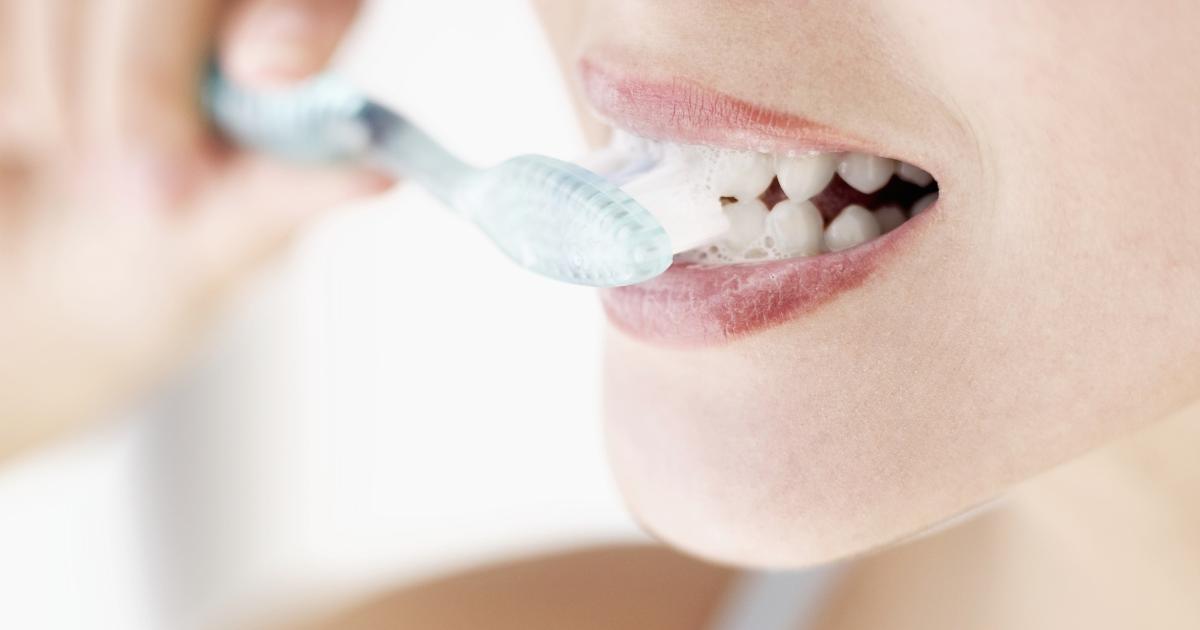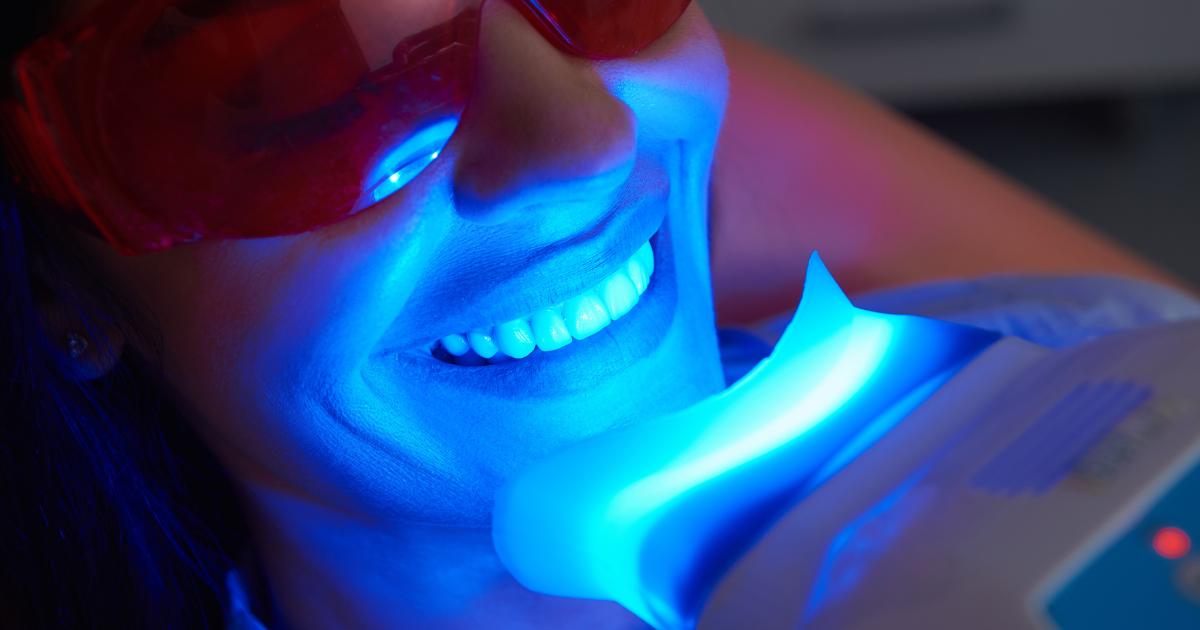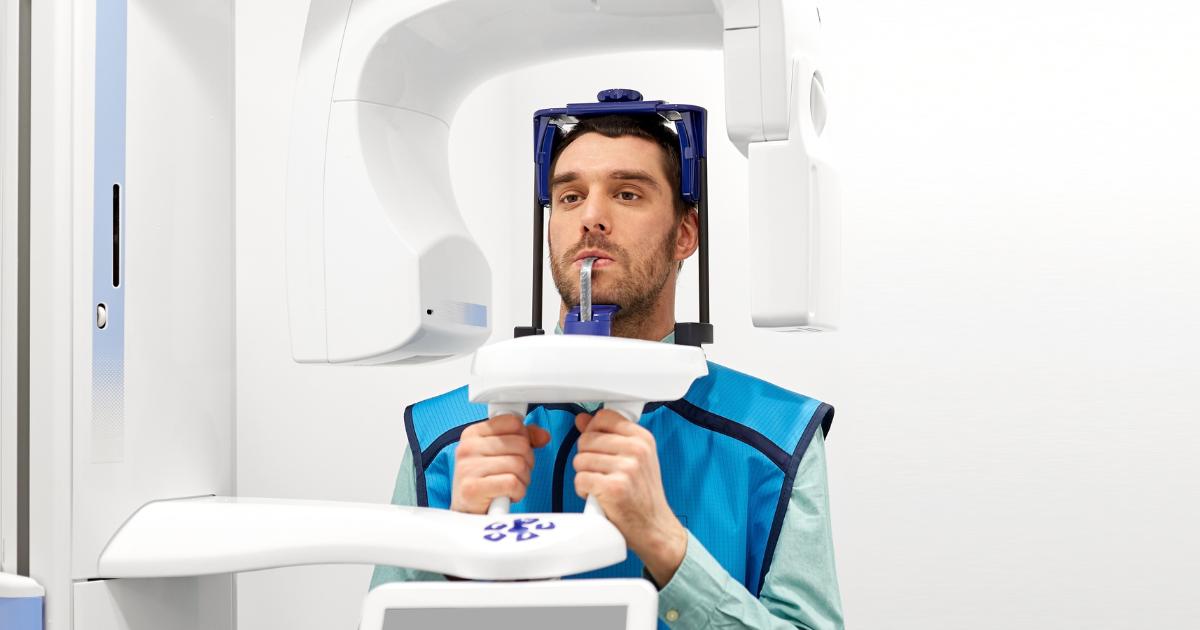There’s no shortage of advice about how to take care of your teeth, but not all of it is true. From believing that sugar alone causes cavities to assuming that teeth whitening will damage your enamel, there are many dental myths circulating. These myths can lead to confusion and poor oral hygiene practices that ultimately harm your dental health. In this article, we will debunk 10 common dental myths and give you the facts you need to maintain a healthy smile.
Advertisement
1. Brushing Harder Cleans Teeth Better
One of the most common dental myths is that brushing your teeth harder will remove more plaque and lead to cleaner teeth. In reality, brushing too hard can damage your enamel, cause your gums to recede, and even increase tooth sensitivity. The key to effective brushing is technique and consistency, not pressure.
The American Dental Association (ADA) recommends using a soft-bristled toothbrush and brushing gently in small circular motions. Brushing for at least two minutes twice a day, along with using fluoride toothpaste, will do more for your teeth than scrubbing aggressively ever will. Your dentist can show you the proper technique to ensure you’re doing the best job possible without causing harm.

2. Sugar is the Only Cause of Cavities
Many people believe that sugar is the primary culprit behind cavities, but it’s actually the bacteria in your mouth that cause tooth decay. When you consume sugary foods or drinks, the bacteria in your mouth feed on the sugars, producing acids that attack your enamel. However, other factors such as poor oral hygiene, acidic foods, and dry mouth can also contribute to the development of cavities.
To reduce your risk of cavities, maintain a balanced diet, limit sugary snacks, and brush your teeth regularly. It’s important to also drink plenty of water to help wash away food particles and neutralize acids in your mouth. While sugar does play a role in tooth decay, it’s just one part of the equation.
3. If My Gums Don’t Bleed, They’re Healthy
Many people assume that as long as their gums don’t bleed when they brush or floss, they are healthy. However, gum disease can still develop even without visible signs like bleeding. Early stages of gum disease (gingivitis) can exist without noticeable symptoms, making it critical to have regular dental checkups for proper diagnosis.
If you notice any swelling, tenderness, or changes in the appearance of your gums, it’s important to consult your dentist. Preventative care, including regular flossing and professional cleanings, will help you maintain gum health and avoid more serious issues like periodontitis, which can lead to tooth loss if untreated.
Advertisement
4. You Don’t Need to See a Dentist if You Don’t Have Pain
Many people skip their regular dental checkups because they believe that if they’re not experiencing pain, they don’t need to see a dentist. However, dental problems like cavities, gum disease, and even oral cancer often develop without noticeable pain until the damage is significant. Early detection through routine exams can help prevent larger, more painful issues from developing.
Regular visits to the dentist every six months allow professionals to catch problems early when treatment is more effective and less invasive. The old saying “an ounce of prevention is worth a pound of cure” applies perfectly to dental care, so make sure to schedule your checkups even if you feel fine.
5. Whitening Products Will Damage Your Enamel
Many people believe that using over-the-counter teeth whitening products will erode enamel and cause permanent damage. While it’s true that excessive or improper use of whitening products can lead to enamel damage, most whitening treatments are safe when used as directed. In fact, professional whitening treatments done by your dentist are generally much safer than over-the-counter alternatives.
Before using whitening products, it’s essential to talk to your dentist to ensure your teeth are healthy enough for whitening and that the products you choose are appropriate for your needs. Whitening treatments can help brighten your smile without compromising enamel integrity when used correctly.

6. Chewing Gum Can Replace Brushing
Chewing sugar-free gum is often marketed as a way to keep your teeth clean, but it should never be a substitute for brushing. While sugar-free gum can help stimulate saliva production and temporarily freshen your breath, it does not remove plaque or food particles as effectively as brushing and flossing.
To maintain proper oral hygiene, you need to brush your teeth twice a day with fluoride toothpaste and floss once a day. Chewing gum can be a useful supplement to your oral care routine but should never replace proper brushing and flossing.
7. Milk is All You Need for Healthy Teeth
While milk is an excellent source of calcium, it’s not the only factor needed for healthy teeth. Strong teeth also depend on good oral hygiene, proper nutrition, and regular dental care. Eating a balanced diet with plenty of fruits, vegetables, and lean proteins is just as important for maintaining healthy teeth and gums.
In addition to calcium, you need other nutrients like vitamin D, phosphorus, and vitamin C for optimal oral health. It’s also essential to keep your teeth clean and visit your dentist regularly to ensure your teeth stay strong and cavity-free.
Advertisement
8. Children Don’t Need to See a Dentist Until They’re Older
Some parents assume that children don’t need to see a dentist until they have all their permanent teeth. However, the American Academy of Pediatric Dentistry recommends that children see a dentist as soon as their first tooth appears or by their first birthday. Early dental visits help establish healthy habits and allow the dentist to monitor the development of teeth and gums.
By starting dental visits early, children can get used to the process and learn how to maintain good oral hygiene habits. Preventative care from a young age can also reduce the risk of early childhood cavities and other dental issues later in life.

9. Dental X-Rays Are Dangerous and Should Be Avoided
There’s a common myth that dental X-rays expose patients to dangerous levels of radiation. However, modern dental X-rays use very low doses of radiation, making them safe when used appropriately. Dentists use X-rays to detect hidden issues like cavities between teeth, gum disease, and bone loss, which are not visible during a routine examination.
The American Dental Association (ADA) assures patients that the benefits of detecting dental problems early far outweigh the risks associated with X-ray exposure. Your dentist will always take precautions, such as using a lead apron, to minimize radiation exposure.
10. Dental Implants Are Only for the Elderly
Dental implants are often associated with older adults who have lost teeth, but they are suitable for people of all ages who have lost teeth due to injury, disease, or decay. Dental implants are a reliable, long-lasting solution for replacing missing teeth and are often preferred over dentures because they offer better comfort and stability.
Thanks to advances in implant technology, younger adults with good oral health are also excellent candidates for dental implants. If you have missing teeth, don’t assume that implants are only for older people—consult with your dentist to see if implants are a good option for you.
Advertisement
Final Thoughts
Dental health is surrounded by many myths and misconceptions that can affect how you care for your teeth. By debunking these common dental myths, you can make better decisions about your oral hygiene and overall health. From understanding the importance of regular checkups to recognizing that proper techniques matter more than hard brushing, this knowledge can help you maintain a healthy smile for life. If you ever have doubts about dental care, don’t hesitate to ask your dentist—they’re the best resource for reliable information.
References
- American Dental Association. “Dental X-rays and Radiation.” American Dental Association, 2020. https://www.ada.org/en/member-center/oral-health-topics/dental-x-rays.
- Mayo Clinic. “Cavities: Causes, Symptoms, and Prevention.” Mayo Clinic, 2022. https://www.mayoclinic.org/diseases-conditions/cavities/symptoms-causes/syc-20356680.
- American Academy of Pediatric Dentistry. “Your Child’s First Dental Visit.” AAPD, 2023. https://www.aapd.org/parents/first-visit/.
- Centers for Disease Control and Prevention. “Oral Health: Preventing Cavities, Gum Disease, and Tooth Loss.” CDC, 2021. https://www.cdc.gov/oralhealth/basics/adult-oral-health/index.html.


